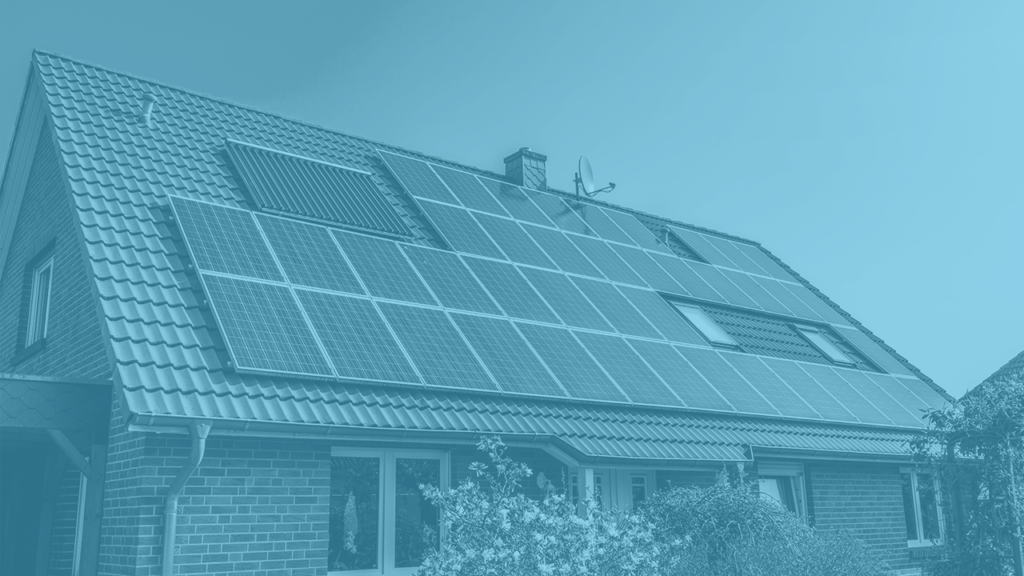There were 5611 new solar panel installations in the UK in October 2021 and despite covid19 causing a steep drop over the last 12 months, this is now back to pre-covid19 levels. Looking ahead, the demand is expected to rise sharply due to a couple of notable factors: the increase in fossil fuel energy costs, a general migration to renewable energy and the maturity of the technology. There are however several challenges installers are facing in this sector which are as follows:
- A general reluctance to or wariness of on-site visits by tradesmen due to Covid19.
- Shortage of survey/installation staff due to travel restrictions & Covid19.
- The cost of pre-installation site visits due to increased transport costs.
- Complications and frustration when clients are tasked with collecting pre-installation survey information, such as blurred images, poor lighting.
- Aborted or delayed installations caused by insufficient or incorrect survey data.
- Overloaded staff due to high demand, causing burnout and stress.
Remote visual inspections are a very good solution to the above problems and can be carried out with an expert and the property owner on an AR-enhanced video session using their smartphone, without having to install an app. This type of inspection is very efficient because the expert doesn’t need to travel anywhere and can conduct several surveys per day. The expert doesn’t need to be trained on using the remote visual assistant service and can be guided using a task checklist on their interface to ensure nothing is missed. The checklist would generally request the following images:
- Roof from the outside
- Inside roof space
- Loft access
- Photo’s of meter readings day/night
- Fuse Box / Consumer unit
- Preferred battery/inverter location
The survey can be completed quickly, accurately and at a fraction of the cost of a traditional pre-installation site visit. There are also some administrational benefits such as the ability to automatically collate the survey media into a PDF inspection report ready for the installation.
It is also possible to measure distances remotely using the remote smartphone, such as the loft access hatch and provide thermal images to identify problem areas that may affect the installation such as heat spots in the electrical system, before the visit.
The ROI for remote visual inspections is fairly simple to understand. By avoiding just two on-site surveys per month and two gallons of diesel fuel (to get there and back) the monthly cost of the remote visual inspection would be 100% covered.



